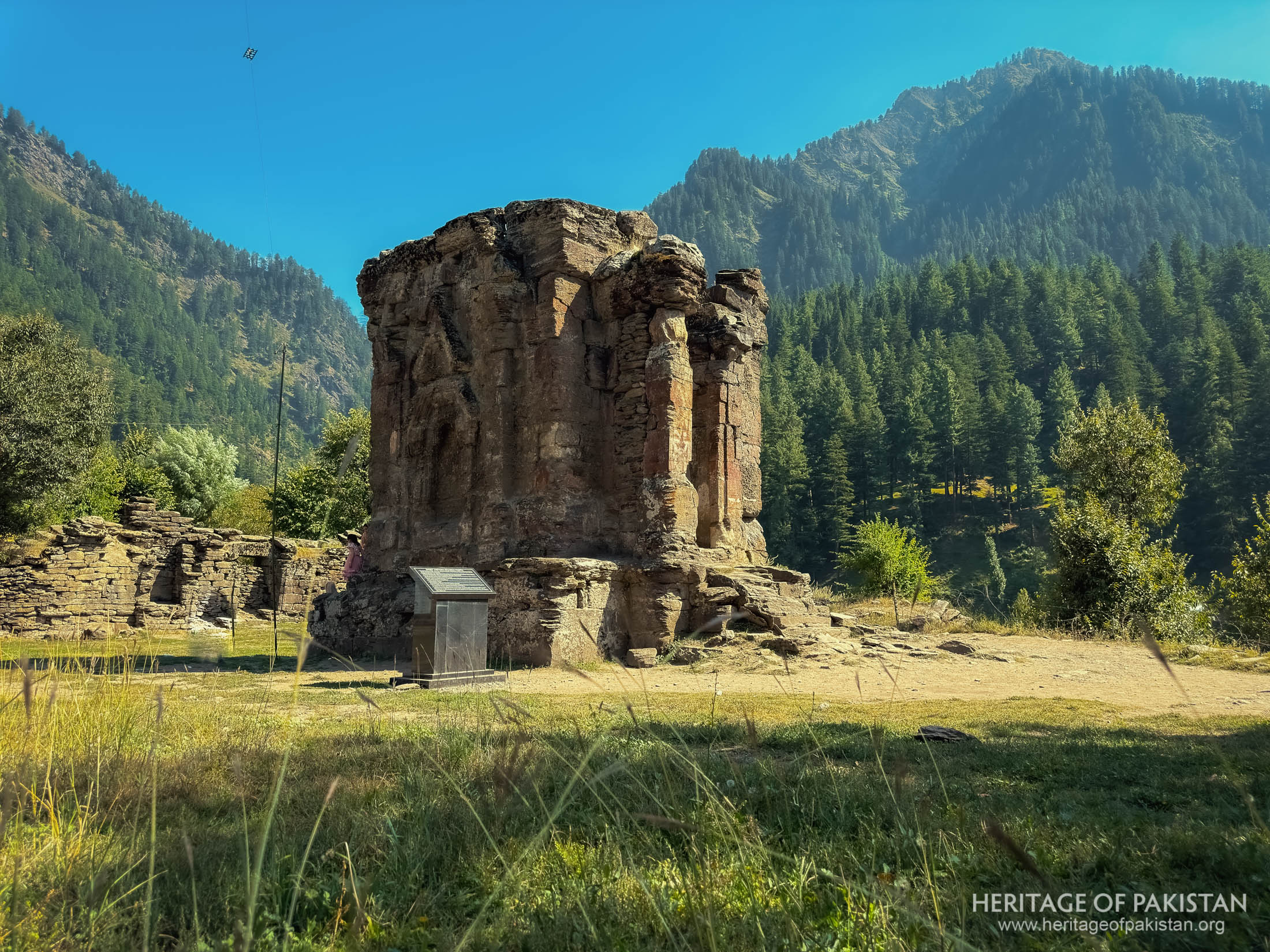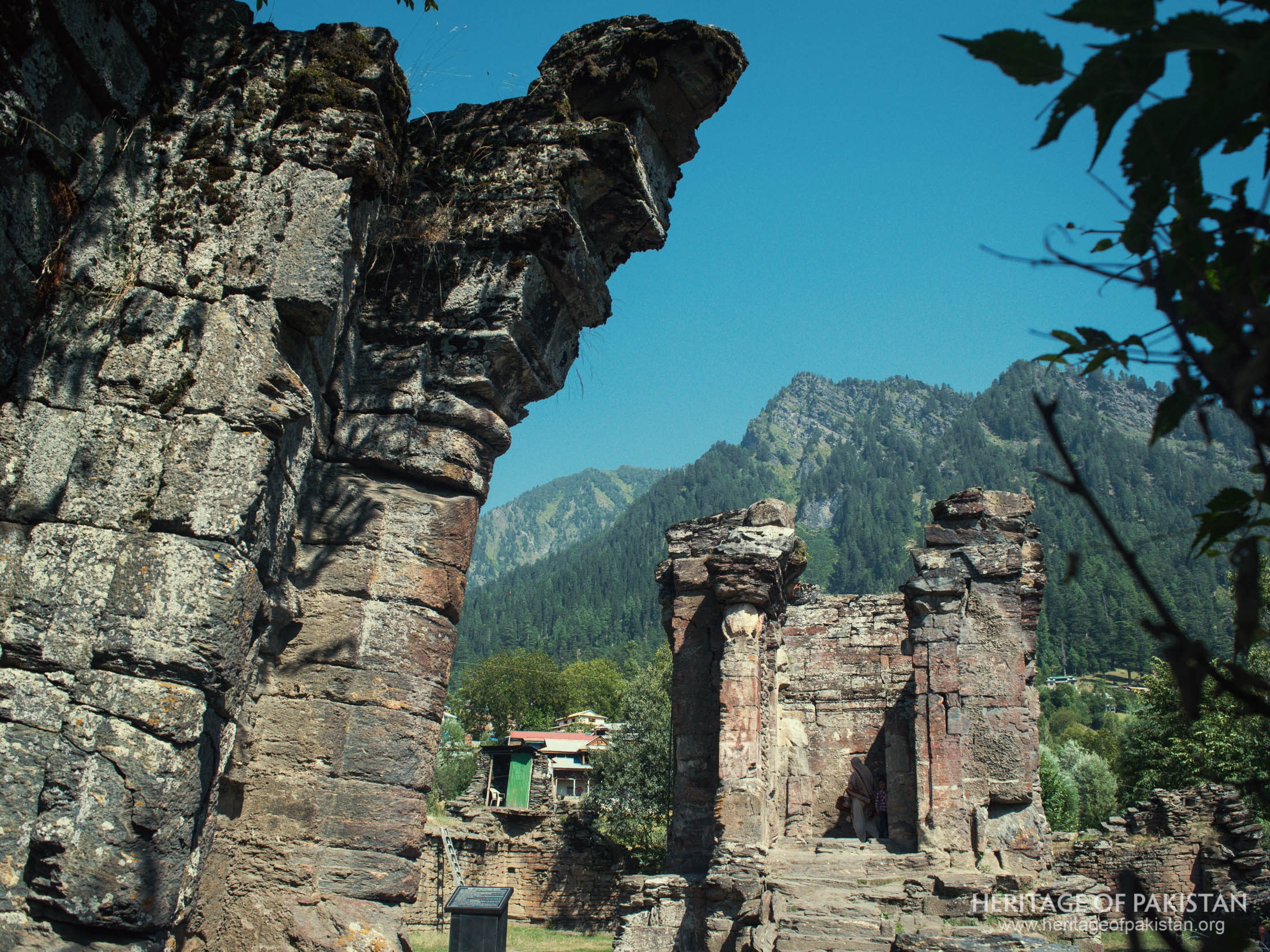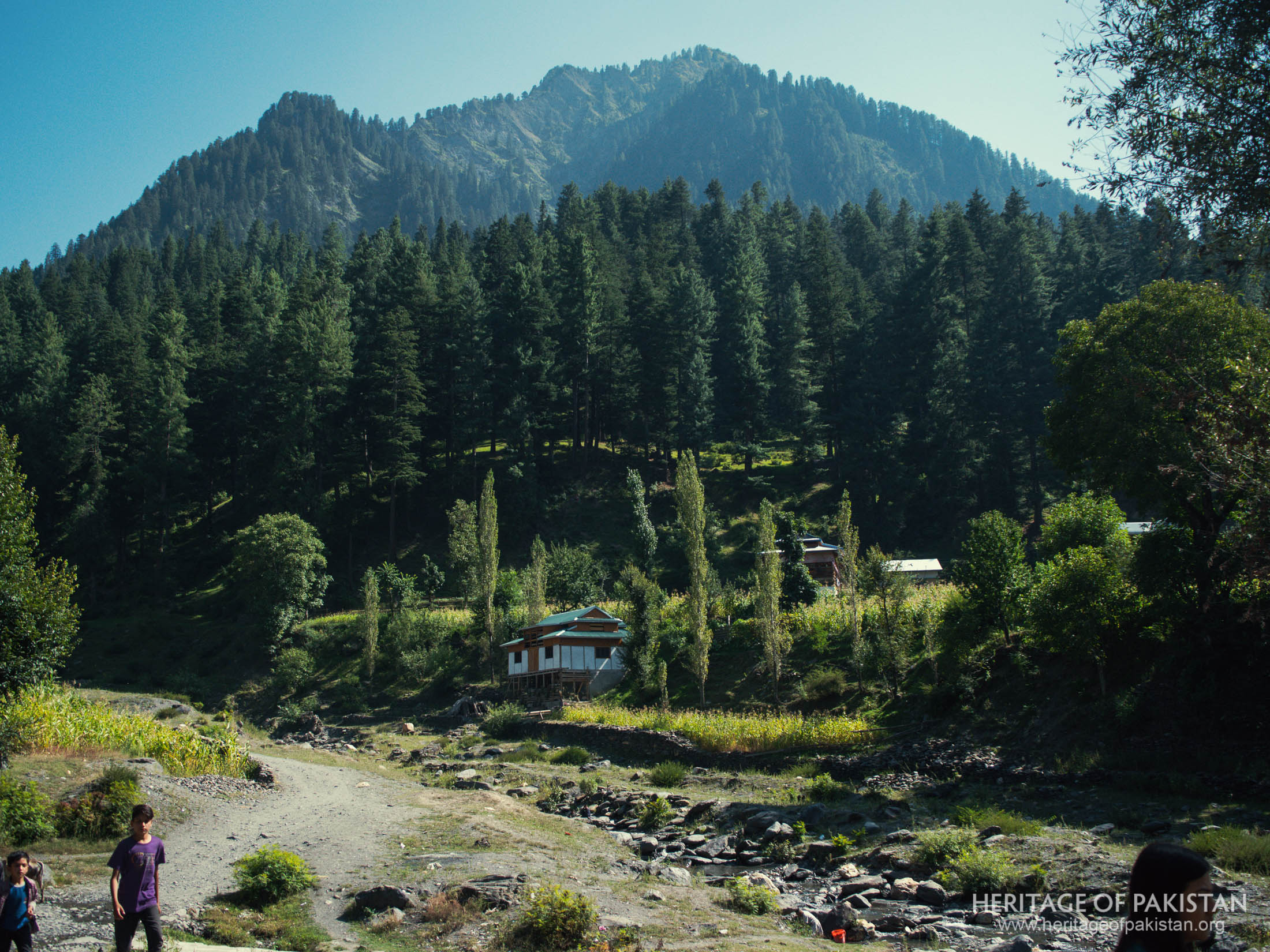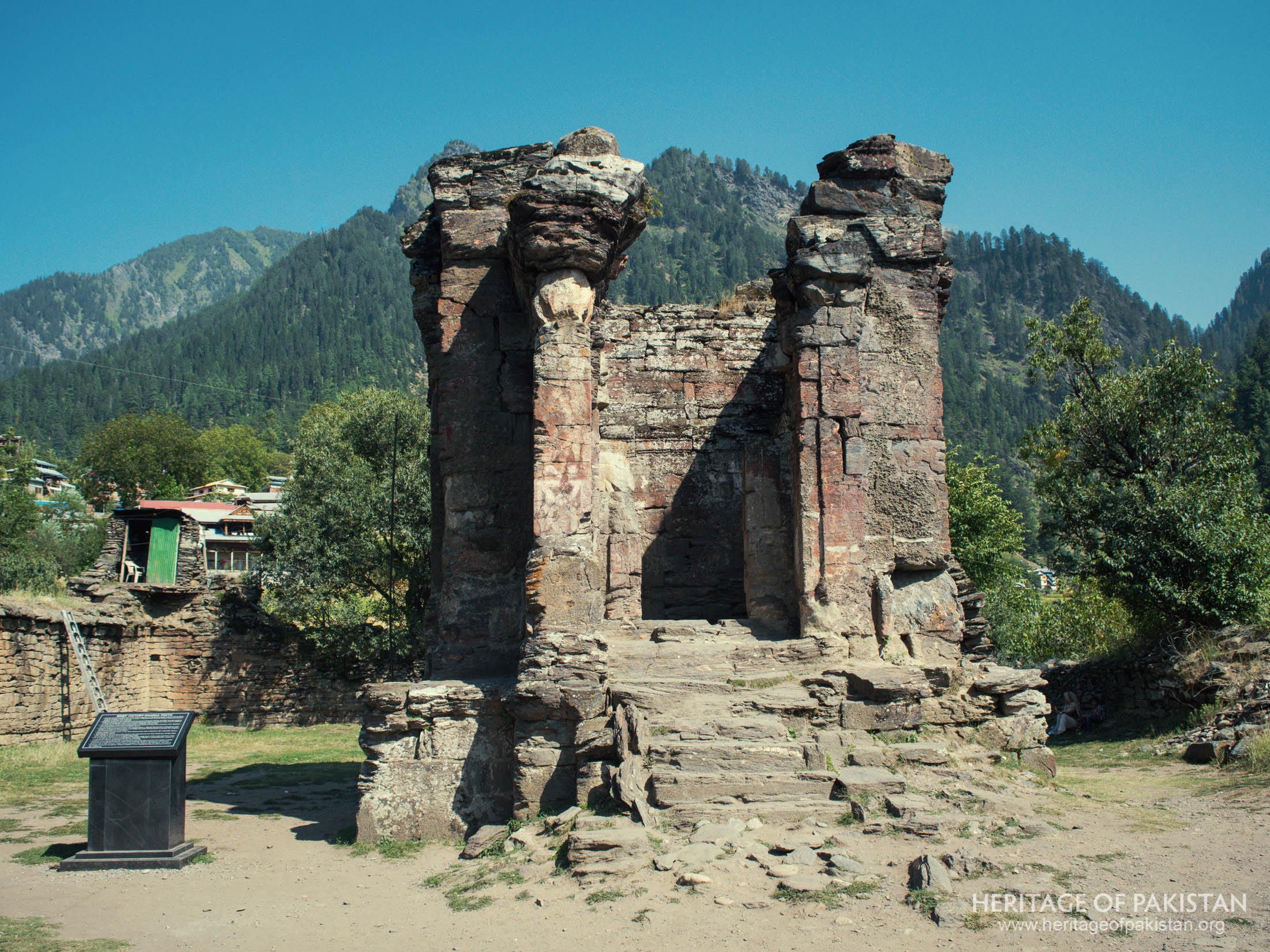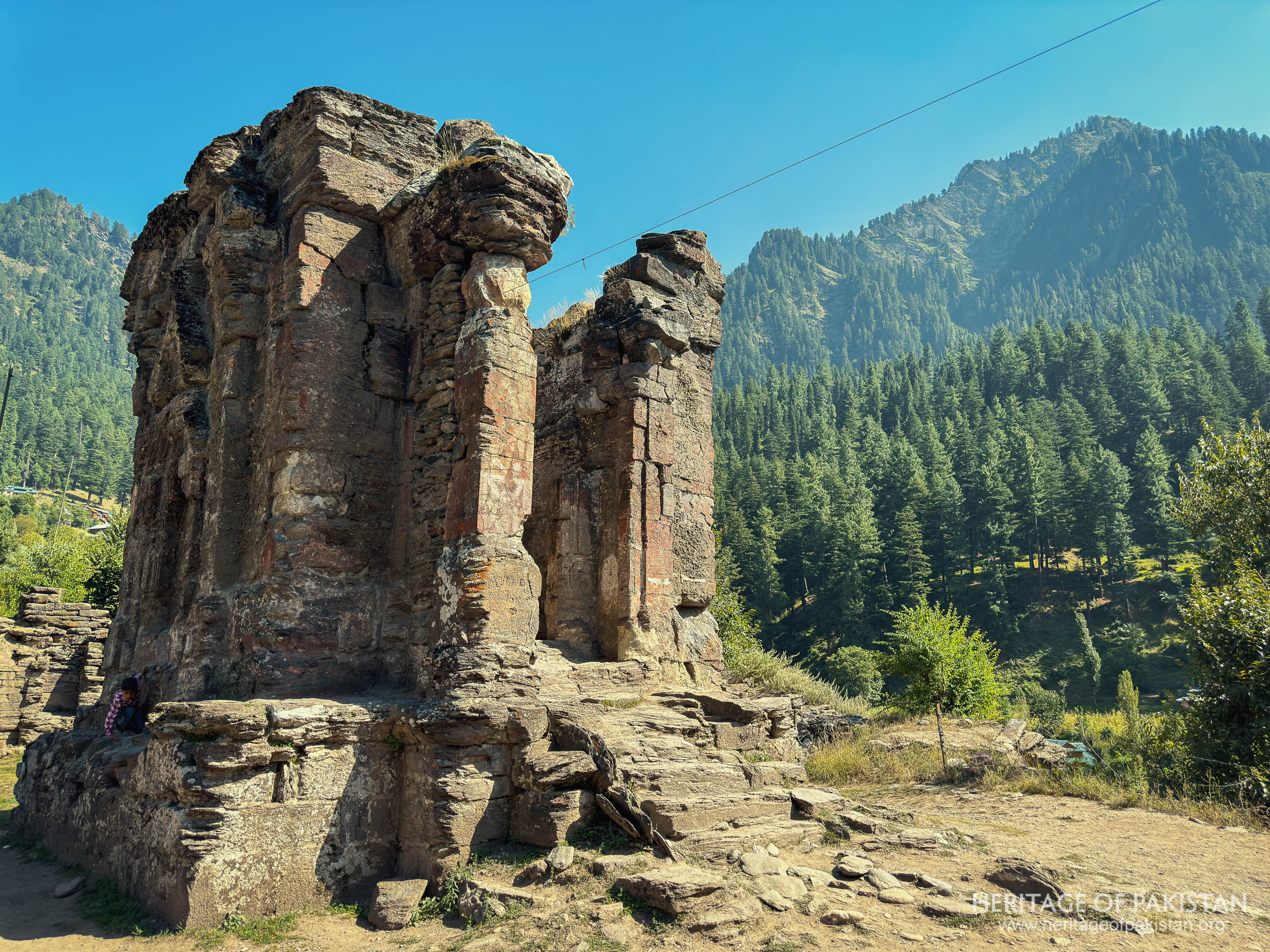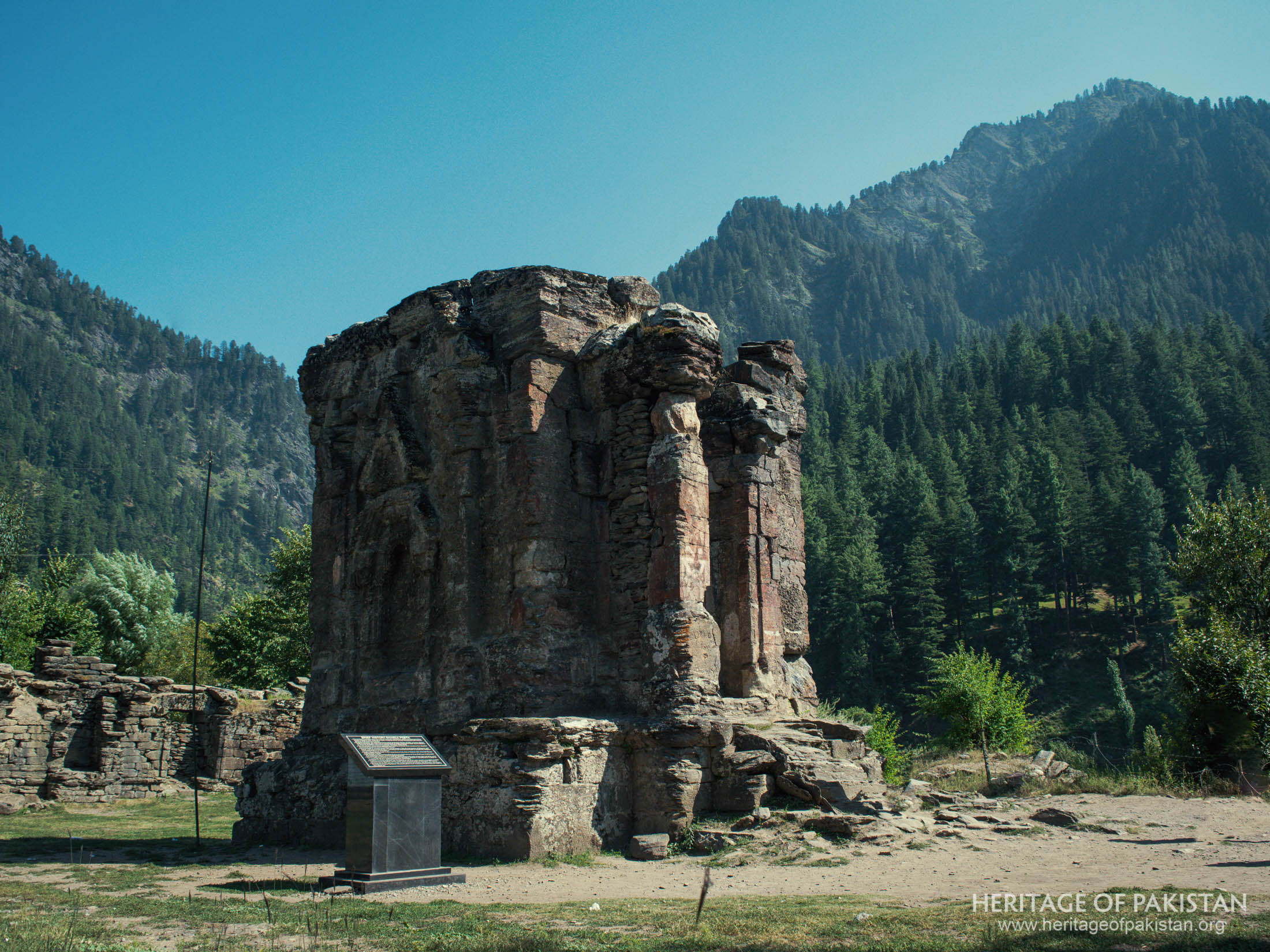Textarea
The Sharda Peeth Temple, situated in Sharda town in Neelum Valley, Azad Kashmir, is an ancient Kashmiri temple from the Hindu period.
Scholars estimate that Sharda Peeth Temple was constructed around 8th Century during the zenith of Hindu Temple Architecture period and has similar features to other Kashmir Hindu temples built during the same period in the larger Kashmir region.
The architectural remains of this complex are found in the village of Śharda, Neelum Valley at a distance of 130km from Muzaffarabad, and have been conventionally identified by scholars as a Hindu temple dedicated to the goddess Sarada.
The temple is part of the three famous Tirthas of Kashmir, alongside the temple at Martand and the holy cave at Lord Amarnath, and has historically remained one of the holiest places for Hindu Pandits
Some historians contend that similarities between Sharda Peeth and the Martand Sun Temple suggest that King Lalitaditya may have constructed both of these structures in the eighth century AD
Sharda Peeth was also a center of pilgrimage for Hindus who believed that the temple was the abode of the Goddess Saraswati, the deity of learning and wisdom.
The Sharda Peeth Temple's earliest reference is found in the Puranas. The famous Nilamata Purana, an ancient Sanskrit work from Kashmir, deals with the Tīrathas (sacred places) and rituals of Kashmir.
By the 11th century, Sharda Peeth was among the most revered places of worship in the Indian subcontinent, as described in Al-Beruni's chronicle of India
The architectural style of the Sharda Peeth Temple is indicative of the Kashmiri School of Hindu Architecture, and its resemblance to the Sun Temple of Martand & Avantipur Temple near Srinagar in India is particularly striking, suggesting a close architectural relation.
Sharda Peeth remains one of the most important Archaeological Sites of Pakistan and Hinduism

